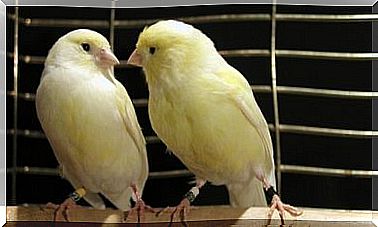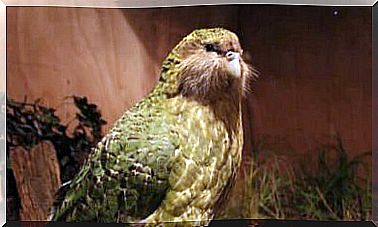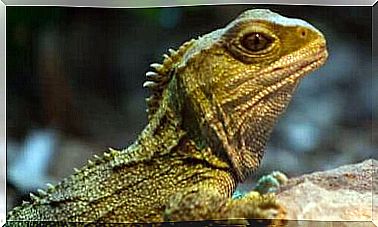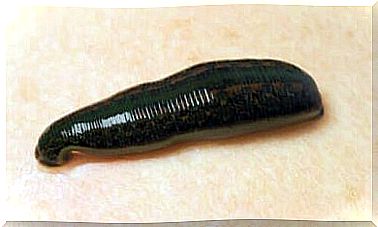Biological Pest Control With Predatory Insects
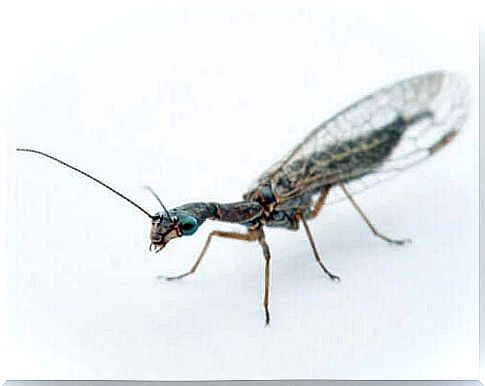
The camel neck fly (Raphidioptera) and the lacewing (Chrysoptera) are insects that are used for biological pest control. People have used them in commercial entomology and vector control for years.
The pest control is an essential part of the professional activity of biologists, veterinarians and specialists in the field of entomology. Decades ago they resorted solely to chemical control and the use of synthetic insecticides. But their negative effects on health and the environment soon became apparent. Therefore, the researchers started looking for alternative methods.
One of them is pest control using predatory creatures that are introduced into their environment. If you want to learn more about this complicated process, be sure to read on!
Insects of interest for pest control
In the following we will introduce you to the camel neck fly and the lacewing, some interesting insects that humans use as natural pest killers.
The family of camel neck flies (Raphidioptera)
Raphidioptera is commonly known as the camel neck fly because its neck – an extension of its rib cage – resembles this animal. It is an order of holometallic insects with transparent wings that are criss-crossed by distinctive vein patterns.
Their larvae live under the bark of conifer, eucalyptus, and certain fruit trees, where they devour many insects that are harmful to ecosystems. The adult animals are also predatory and active during the day.
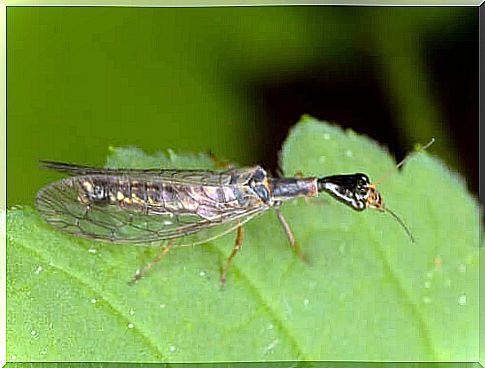
The lacewing family (Chrysoptera)
The genus Chrysoptera is known by several common names referring to the following characteristics:
- The green color of adult animals.
- The fact that their eyes are golden or coppery yellow.
- The names can also describe the pattern of their wings.
These insects are cosmopolitan and prefer green spaces. Their larvae eat other soft-fleshed arthropods. However, in contrast to the order of the Raphidioptera , some adult animals are only active at night.
The common lacewing is the species from this genus that is most common in Europe. Her eyes are golden with metallic reflections. But as soon as the insect dies, all of its colors fade. Another example is the giant tuftstring fly, whose wingspan can reach five centimeters. In addition, this insect prefers streams or street canals.
Both the giant lacewing and the common lacewing are popularly referred to as “stink flies”. This is due to the strong odor they give off and which protects them from birds and other predators.
The behavior of insects used for biological pest control
Both of the above groups are pest fighters and below we explain why.
Biological pest control
Economic or applied entomology studies insects of interest to humans, either through the products they provide or the effects they have on human goods. The following insects are of particular interest for such studies:
- Bees
- Insects that transmit animal diseases and zoonoses (diseases that are transmitted from animals to humans)
- Pests
- Insects that fight pests
Some camel neck flies and lacewings have been used in pest control programs because they are mainly generalist predators. This was made possible by the introduction of integrated pest control, in which, among other things, biological control by predatory animals is used.
Biological control is an agricultural method of pest control that uses living organisms that compete in some way with the organism that is being controlled.
Raphidioptera and Chrysoptera : Their Mechanisms
Humans first produce a large amount of these insects and then introduce them into the natural environment, especially agricultural production areas that are infested with pests. These insects have successfully controlled mites, butterflies, wasps, ants and aphids, to name a few.
The larvae, as well as the adult predatory insects, feed on these other arthropods by injecting them with digestive juice, which liquefies their bodies and enables them to ingest it.
The greatest challenge in the massive production of these predatory insects is controlling cannibalism during the larval stage. This requires the use of special substrates, the specific design of the systems and the timely release into the affected ecosystems.
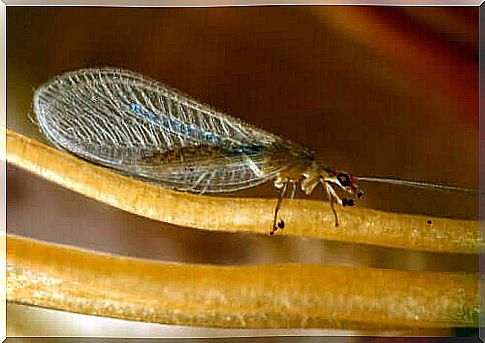
The usefulness of insects for pest control
The use of these and other insects, as well as insectivorous birds and other animals, has shown numerous benefits in pest control. Because they mainly help to avoid the negative consequences of the accumulation of insecticides in the natural environment. In addition, they prevent these substances from appearing in food and water supplies.
Experiments in production with any of these species can also be a method of economic and labor diversification in rural areas where pests exist. This contributes to the development of rural areas, to environmental protection and, above all, to the preservation of biological diversity.
